However, opportunities come with responsibilities, from local authorities to each school and teacher must change to keep up with trends and requirements in the new situation.
Key investment opportunities
Thai Phuong Kindergarten (Tien La, Hung Yen ) has just received from the local government a new infrastructure system including 18 classrooms, 8 functional rooms, and a kitchen area to serve about 450 children studying in the 2025-2026 school year, ensuring enough space according to the requirements of a standard school. The rate of mobilizing 4-5 year old children to attend class reached nearly 100%, with nursery children accounting for more than 60%.
Ms. Nguyen Thi Dieu - Principal of Thai Phuong Kindergarten said that currently, when applying the 2-level local government model, the Commune People's Committee is the agency that performs a number of state management tasks of the previous district level, including the work of developing local education .
“Although it has just started operating, the leaders of the Party Committee and the People's Committee of Tien La commune have paid great attention to and focused on the local education work after the reorganization. The Chairman of the People's Committee of the commune after the reorganization was previously the Head of the Department of Education and Training of Hung Ha district (formerly Thai Binh province), so he has many advantages in directing and supporting schools in terms of strategy as well as management work,” Ms. Nguyen Thi Dieu informed.
After the merger, in Thong Thu commune, Nghe An, there are 3 primary schools, 2 secondary schools and 2 kindergartens. Thong Thu Primary School will have about 14 classes next school year, with about 220 students. The students are all children of ethnic minorities in the resettlement areas of Hua Na hydropower plant such as: Muong Piet, Muong Phu, Ca Na, Phu Lam...
Currently, the school has 2 satellite locations, of which the satellite location in Muong Piet village has more students every year than the main school in Loc village. Since implementing the 2018 General Education Program, the school has mobilized students from the satellite villages to study at the main school, in the form of boarding school hosted by local people.
Mr. Tang Xuan Son - Principal of the school said that because the school's facilities are scattered and fragmented, there is no boarding house or kitchen for students, so it is not possible to ensure the conditions for students to live in the school. Instead, students stay in rented accommodation or at relatives' houses around the school, teachers will regularly visit to ask about living conditions and check on their learning situation.
The separate school in Muong Piet village has kept the same size of 5 classes, and has not mobilized students to the main school because it is more than 10km away and the primary school age is still too young. In addition, this school has spacious and complete facilities with 10 classrooms and functional rooms.
Implementing the 2-level local government and expanding the commune after the merger, Mr. Tang Xuan Son said that the school is developing a plan to establish Thong Thu Primary Boarding School for Ethnic Minorities, based on the merger of Thong Thu 1 and 2 Primary Schools. At the same time, advising the local government to focus on investing in facilities at the main school to ensure enough classrooms, boarding rooms, and kitchens for students.
“During this time, the two schools will sit down together to develop a project and implementation roadmap, including forecasting student population, surveying and proposing a location for the main school after the merger, and estimating costs...
After that, the Commune People's Committee will consult with the People's Council to submit to the People's Council for approval. As a remote, border area with difficult economic and social conditions, the plan for funding sources to invest in school facilities is proposed to be integrated into the National Target Program," said Mr. Tang Xuan Son.
According to the Principal of Thong Thu 1 Primary School, implementing a two-level local government, in which the commune-level government directly manages schools from kindergarten to secondary school, will create favorable conditions.
School education development plans are directly proposed and consulted to the commune level for decision, without going through any other intermediary level. Local authorities also closely follow and understand the reality of schools, student characteristics, and population characteristics, in order to make appropriate decisions.
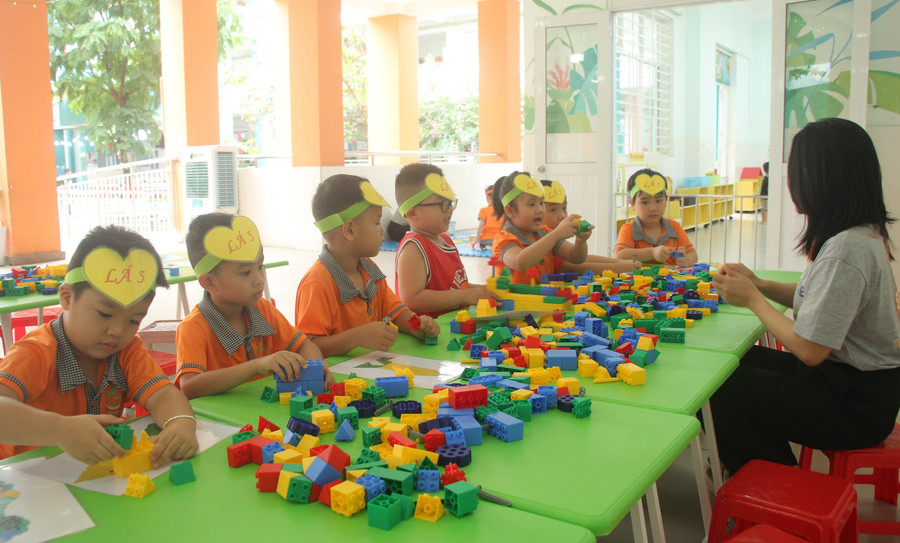
Ensuring educational equity
According to Ms. Nguyen Thi Van Hong - Principal of Chuong Duong Secondary School (Hong Ha, Hanoi), implementing two-level local government is a big change, but if implemented properly, this will be a positive boost for education. Especially in secondary schools, primary schools and kindergartens because they are under the management of the People's Committee of the commune/ward.
After the merger, schools are no longer scattered but have received more comprehensive investment in facilities, equipment and staff. Students in disadvantaged areas also have better learning conditions, with playgrounds, libraries and functional classrooms - things that were previously dreams.
Local authorities are now closer to schools and understand the lives of students and teachers better, so support from boarding meals, scholarships, to experiential activities is practical and timely. Of course, when the apparatus is streamlined, schools must be much more proactive in their activities.
“That helps us to change our thinking, improve our responsibility and provide real education, focusing on students. I believe that if properly supported, the two-level local government model will contribute to improving the quality and ensuring fairness in education, so that no student is left behind,” said the principal of Chuong Duong Secondary School.
From a grassroots perspective, Ms. Kieu Thi Minh Hoa - Principal of Nam Phuong Tien A Primary School (Xuan Mai, Hanoi) said that this push is quite strong and creates a change in education due to practical guidance. All difficulties of each school in terms of facilities, staff, finance, characteristics, etc. will be taken care of and create fairness in access and innovation.
According to Ms. Hoa, through resource regulation and focused investment, the two-level government can contribute to narrowing the gap in education quality between regions, especially urban and rural areas. At the same time, it creates favorable conditions for innovative models and creative teaching methods to be applied. Teachers and students will have more practice, and educational efficiency will be higher.
Ms. Nguyen Vinh Bao Chau - Principal of Tran Van On Secondary School (Dong Hung Thuan, Ho Chi Minh City) said that the implementation of a two-level government creates changes in organizational and management structure, aiming to ensure that students, teachers and educational institutions optimize resources to improve quality and ensure fairness in access to education.
The merger will help reduce the gap in facilities, teacher quality and other learning conditions between regions, especially between urban and rural areas.
“In my opinion, the merger helps to concentrate resources, reduce overlap in management, thereby making it possible to invest more effectively in facilities, equipment, teaching staff and educational programs. At the same time, it creates conditions for training, fostering and improving professional capacity to meet the requirements of improving the quality of education.
Particularly at Tran Van On Primary School, in recent years due to conditions not allowing, students have only been able to study one session per day. Hopefully, in the future, the government will pay attention to investing in schools and facilities to organize two sessions per day and better implement teaching and learning according to the 2018 General Education Program," said Ms. Chau.
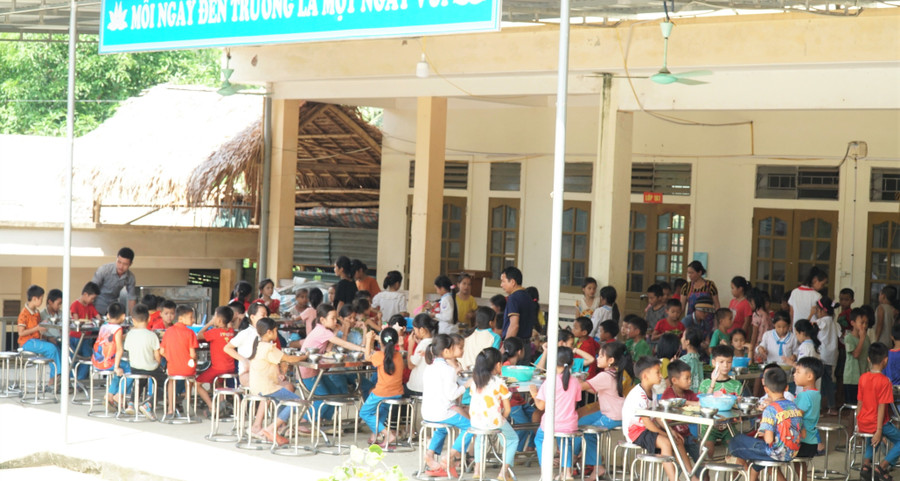
Spreading individual strengths, improving overall quality
The merger of three localities has made Ho Chi Minh City the leading educational center of the country, not only in terms of scale, but also in terms of model diversity, learning needs and challenges in management and resource coordination. This is a great opportunity for the city's education sector to develop evenly, modernize the system and create a breakthrough in training high-quality human resources for the entire key economic region of the South.
Mr. Huynh Cong Minh - former Director of the Department of Education and Training of Ho Chi Minh City said that before the merger, education in Binh Duong as well as Ba Ria - Vung Tau also had its own strengths, only differing in terms of integration, facilities, and people's contributions. Now, the important thing is to spread out and promote each other's strengths to gradually develop the education sector.
“In fact, the old Ho Chi Minh City was a strongly developing locality, even leading in some aspects. The same goes for education, which in recent years has been considered a bright spot in education. Now that it has been integrated, the influence of Ho Chi Minh City is no longer separate but like ‘brothers in one family’,” said Mr. Huynh Cong Minh.
Nghe An currently has 130 communes and wards directly managing more than 1,300 schools from kindergarten to secondary school. To facilitate the locality in taking on many new responsibilities, the Nghe An Department of Education and Training has issued a document guiding the responsibility of State management in the field of education.
Ms. Hoang Thi Phuong Thao - Deputy Head of the Department of Culture and Society of Truong Vinh Ward, Nghe An Province said that the current State management authority on education at the commune level includes most of the functions and tasks of the district level and the Department of Education and Training before. Accordingly, the commune level is proactive in developing and implementing educational plans in the area in accordance with the reality as well as the general education development strategy of the province.
Local authorities are allowed to decide on investment in infrastructure construction, budget allocation, and social mobilization for education. In addition, they also have the authority to inspect, examine, compete and reward... This creates motivation to improve the quality of education, ensuring fairness in access to education for each locality.
However, when implementing a two-level government, the quality of education between communes and wards in the province will inevitably be different, especially in disadvantaged areas, mountainous areas, and ethnic minorities compared to plains and urban areas.
Mr. Thai Van Thanh - Director of Nghe An Department of Education and Training said that before operating the 2-level local government, the department has been promoting digital transformation, increasing training for teachers in each subject. At the same time, building a core team of experts in each locality and regional cluster to support in exchanging, guiding, and improving professional skills for teachers.
On the contrary, in the new context, each school needs to innovate management, build strategies, visions and appropriate educational programs. For teachers, it is necessary to promote their bravery, intelligence, enthusiasm, improve their responsibility, compete to teach well and learn well, innovate in teaching, and take the learner as the center. The goal is to teach truly, learn truly, and have real quality.
Mr. Huynh Cong Minh - former Director of the Department of Education and Training of Ho Chi Minh City said that implementing a two-level government is the right step, meeting the requirements of the current trend. With the new government organization mechanism, it will create momentum for the development of all sectors, including education and training. Therefore, the quality of education will develop and gradually improve, which is natural.
Of course, for educational institutions, schools, and teachers, we must try to keep up with the trend. Specifically, teachers must continue to study and practice to meet social requirements. Through understanding the reality, teachers are very happy to implement a two-level government and see it as a motivation to try to fulfill their duties.
Source: https://giaoducthoidai.vn/cu-hich-cho-chat-luong-va-cong-bang-giao-duc-post740507.html


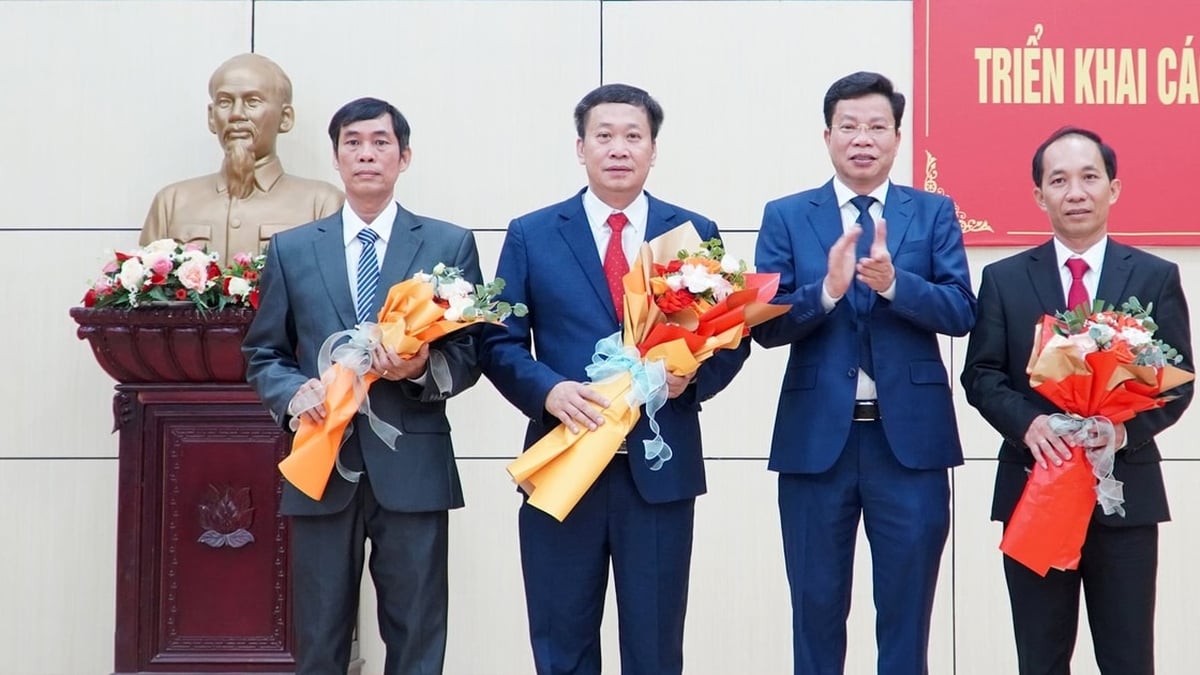

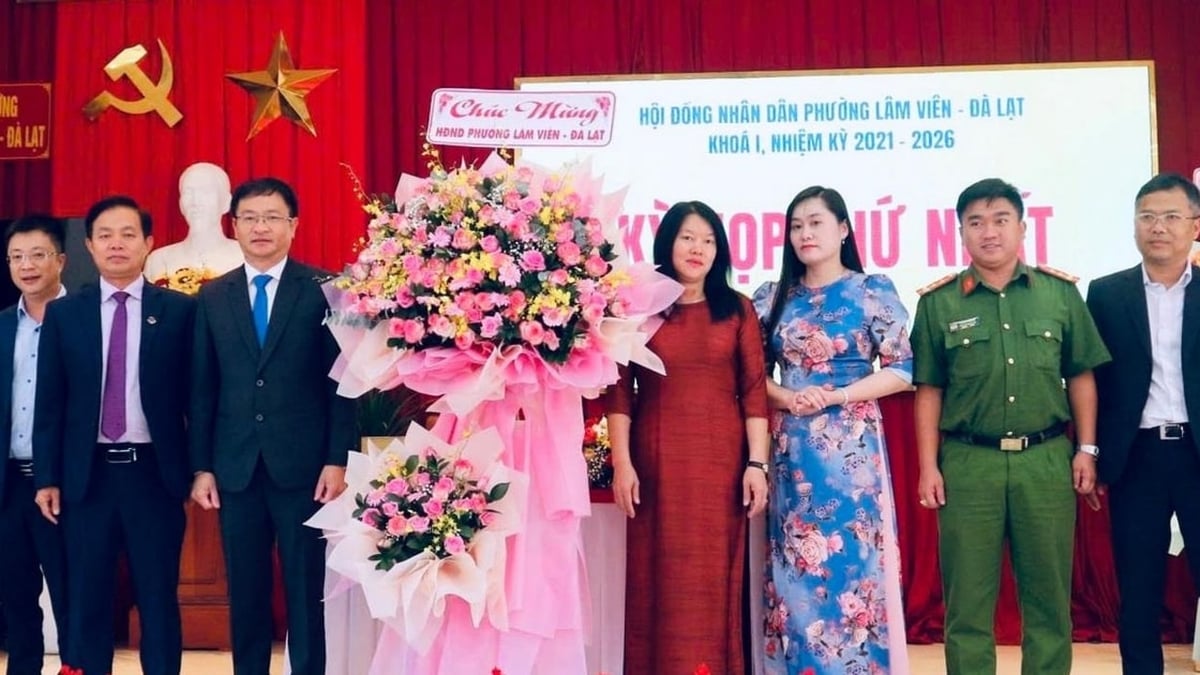
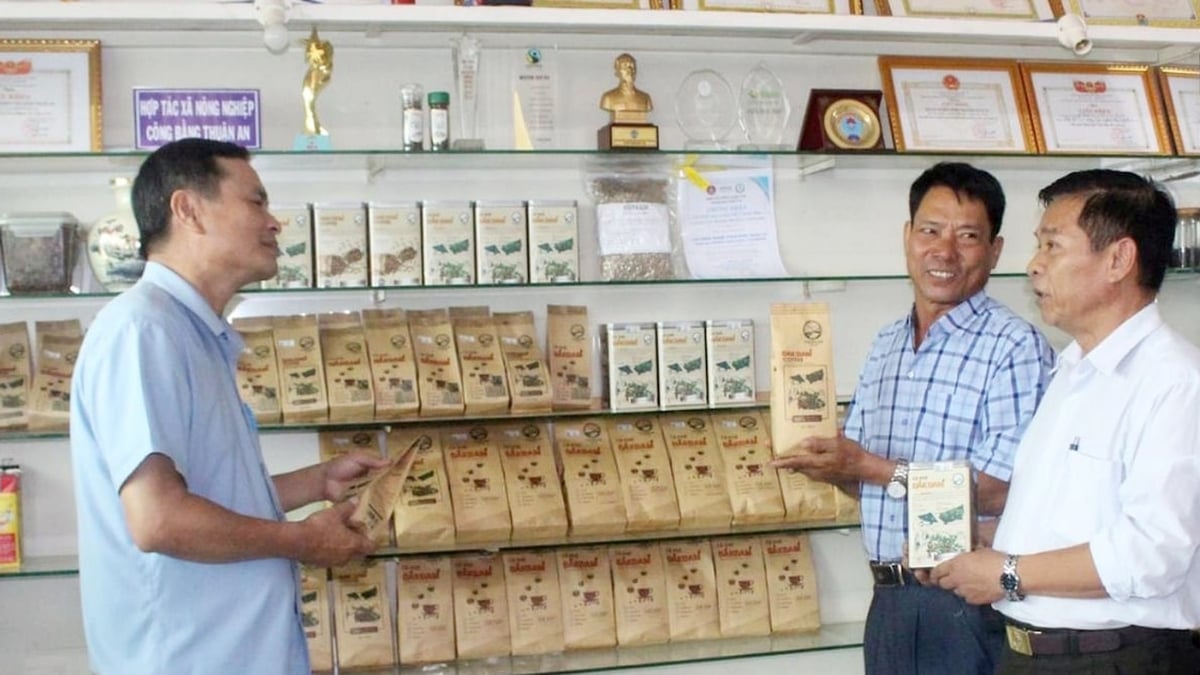
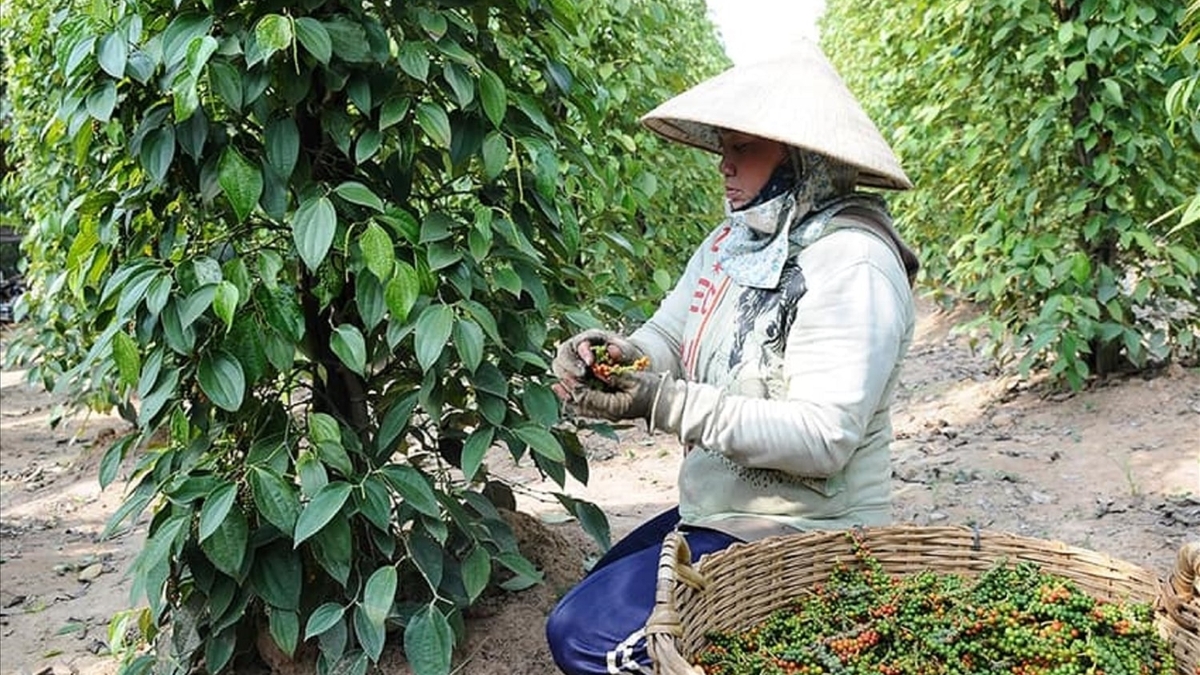
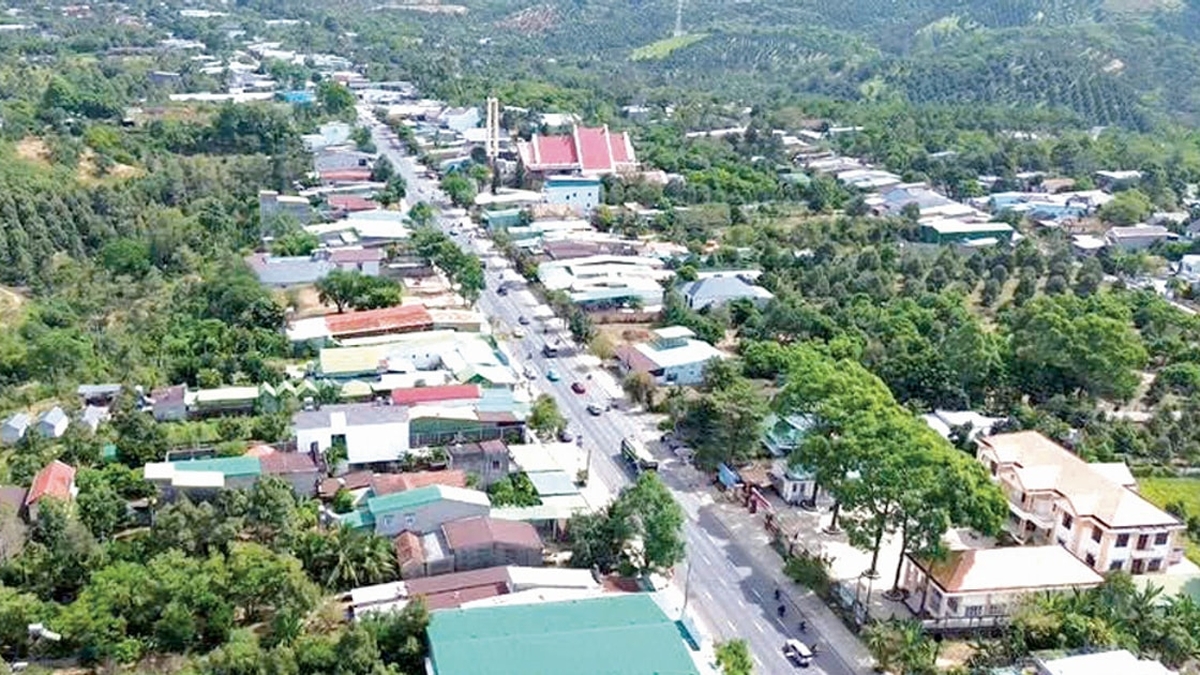
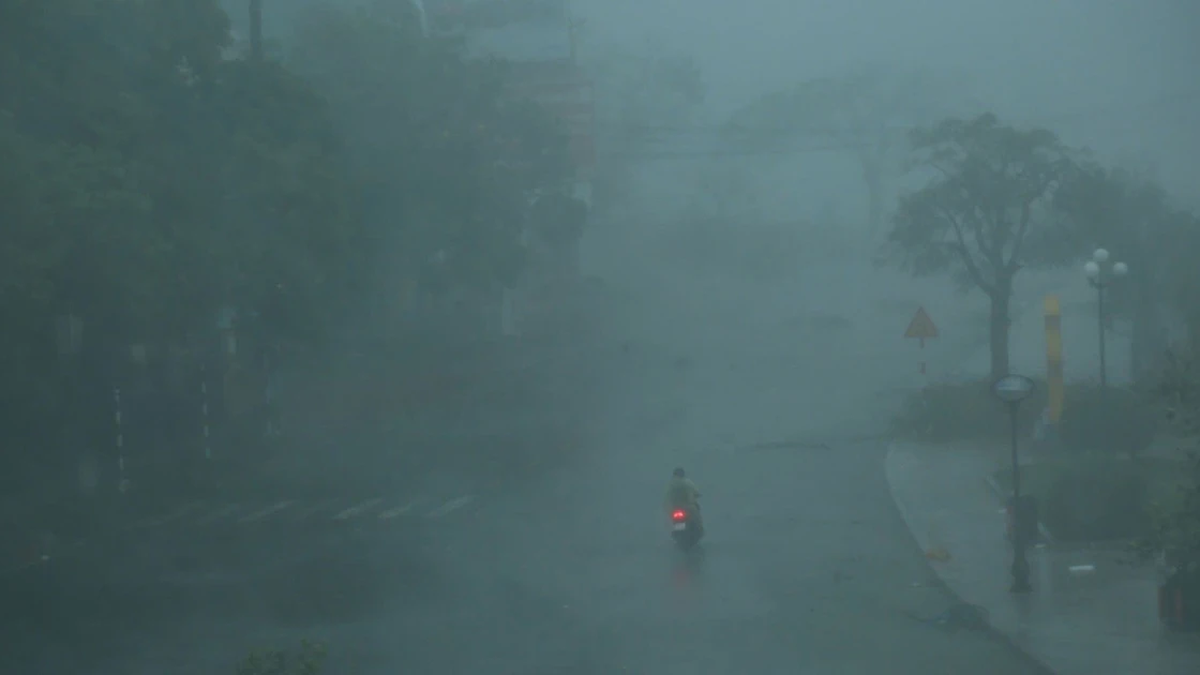

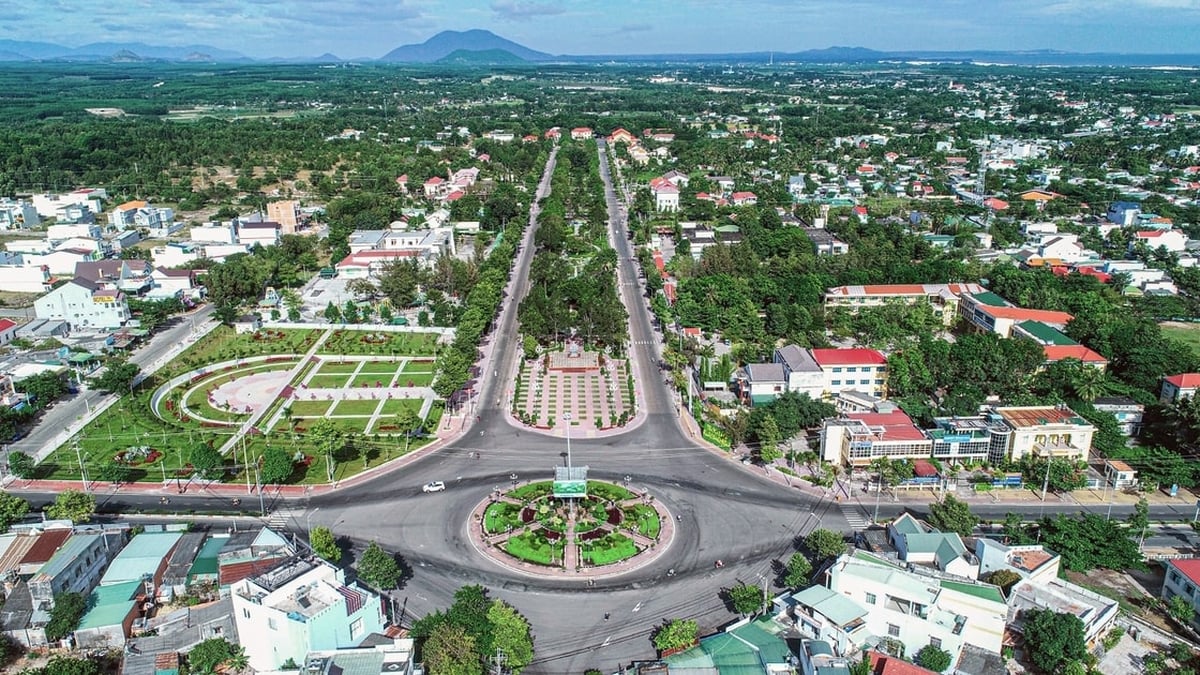
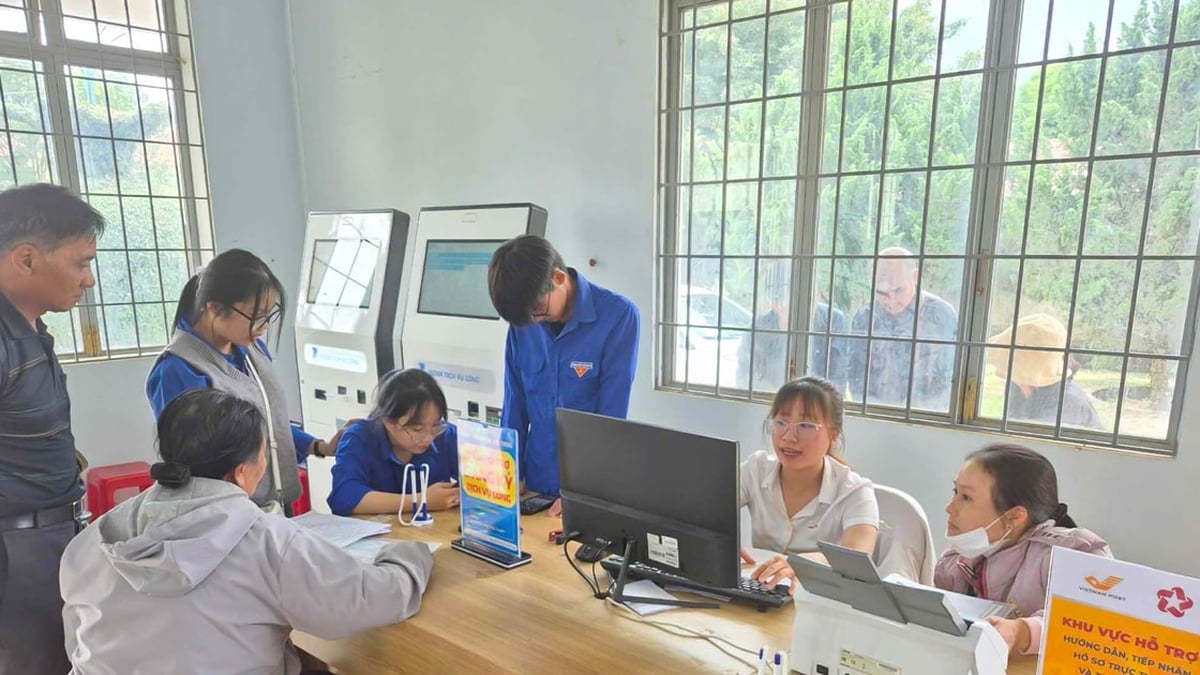










![[Photo] National Assembly Chairman Tran Thanh Man visits Vietnamese Heroic Mother Ta Thi Tran](https://vphoto.vietnam.vn/thumb/1200x675/vietnam/resource/IMAGE/2025/7/20/765c0bd057dd44ad83ab89fe0255b783)















































































Comment (0)